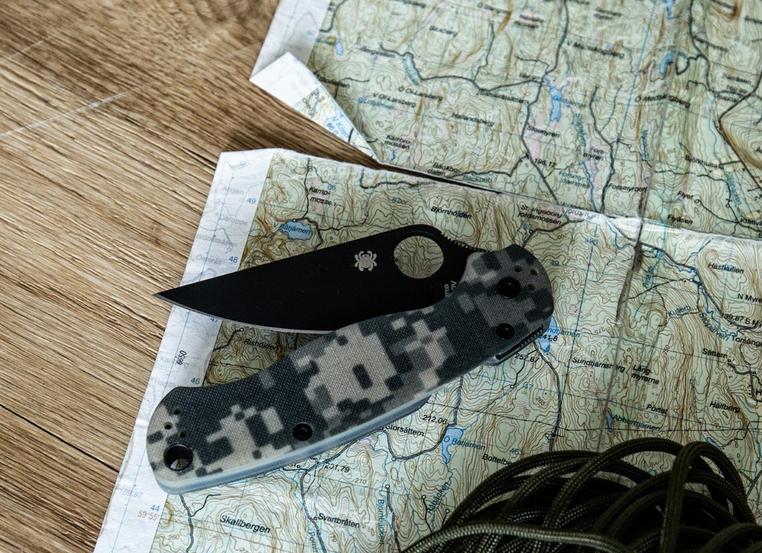Do you need to 'break in' a pocket knife?
You just purchased a brand-new pocket knife. Feels great! But how it is possible that it doesn't move as smoothly as you had hoped? This always has something to do with breaking in the knife. We tell you why and how you can make your knife move as smooth as possible.
How is it possible that a pocket knife doesn't immediately move smoothly?
For it we need to look at what a pocket knife actually is. It is namely a tool, comprised of different parts. There are scales, washers or ball bearings and a blade. These parts are screwed or clamped together.
Of course some oil or grease is added to each knife to help it move smoothly, but it is not enough. The different parts namely also need time to get used to each other. Just like with a new car or a new pair of shoes.
Wearing it down is actually like you are polishing it
The different parts all have their own surface finish. This could be a coating, a satin finish, etching, stonewash or a natural surface. If two of those parts move against each other you feel the resistance that is caused by that surface finish.
When you are dealing with a framelock, linerlock or compression lock you feel the detent ball slide over the blade. If a blade has a satin finish it contains a lot of tiny scratches that move in the same direction. When the detent ball slides over it, it will touch every scratch. Do you do this often enough? If you do a nice little path is formed in the blade after which it will move smoothly. The same applies to a blade with a coating. That coating is almost always matt, which provides a relatively high level of resistance. Break it in a while and it will move smoothly!
The spring of a backlock or slipjoint always falls against the spine of the blade when opened and closed. If this surface isn't properly polished you will feel every imperfection. At first at least. After a couple of weeks this type of knife will also move smoothly.
The same applies to washers or ball bearings. These also need to get used to the blade, and vice versa. It doesn't mean that there is something wrong with the blade, it only needs to have a chance to get settled. The 'break-in period'.
Each knife is unique
Perhaps you once held a similar knife that moved incredibly smoothly. Perhaps that knife had already completed its 'break-in' period. Perhaps it was just luck. In the end each knife, as much as it looks like a similar model, is unique. This also means that not every knife will move exactly the same.
It has little to do with quality
Even expensive knives like those from Medford Knives need their time. It is as such absolutely not a question of a lack of quality or finish. You could even say that it is better to have a knife that moves better after you break it in, than a knife that immediately moves perfectly, but develops some leeway after wearing it down.
Tips for breaking in your pocket knife
The best tip to make your pocket knife move smoothly is simply to use it. By opening and closing it the parts can get used to each other and wear down.
You don't need any additional oil, and you don't have to rotate the pivot. At least not at first. The knife is assembled and adjusted in the factory, just give it time to break in. More oil doesn't automatically mean that it will move better. Sometimes even the opposite: more oil attracts more dust. And sometimes a combination of two types of oil or grease will have a strange, sticky effect. Something you don't want.
Finally: patience is a virtue. It will be fine, it really will! No rush. Let your knife do its thing!








